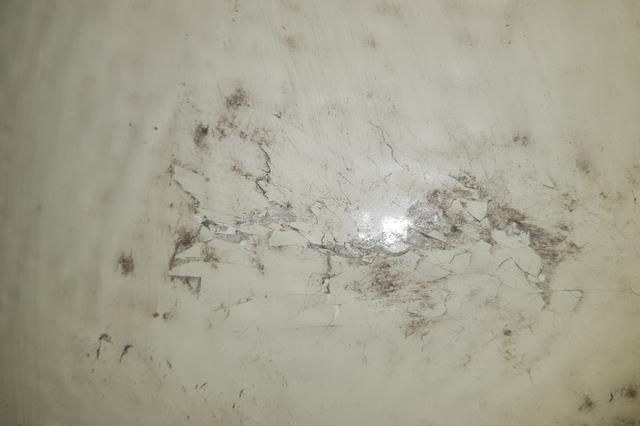Maintenance of your tender is essential for the safety of your crew and operation. Even though tenders are non-survey vessels as an owner and master you have a general safety duty to maintain your tender so that it is safe.
Identifying, addressing and managing maintenance-related risks is an important part of your tender’s Safety Management System (SMS). The SMS for your tender needs to include a planned maintenance schedule as well as a pre-departure checklist. Planned maintenance should include regular checks, servicing, visual inspections and operational tests.
Equipment failures and vessel breakdowns can cause accidents, putting everyone on board in danger.
It is also important to keep proper records of what maintenance has been done. This allows you to track when you are due for maintenance and helps prove you are proactive about the safety of your tender operation.
If your tender has an aluminium hull, make sure you remove any metal objects that may come in contact with the hull to prevent corrosion damage from electrolysis. Check the hull carefully for any fatigue cracks or pitting and get any issues fixed by a specialist promptly.
If your tender has a fibreglass hull, monitor the hull for any signs of delamination, blisters or cracks that may indicate hull fatigue. If left these can grow into larger issues which affect the hull integrity

Pre-departure checklist
- Is the battery fully charged and switched on?
- Are the bungs in?
- Do you have all your safety equipment?
- Do you have your lifejacket on?
- Do you have a means of communication back to your parent vessel?
- Have you checked the weather forecast?
- Do you have the kill switch?
- Check the steering system
- Do you have enough fuel?
- Check the engine oil level
- Check the navigation lights are working
- Do you need warm clothes, wet weather gear, sunscreen, hat?
- Do you have spare tools?
- Does your bilge pump work?